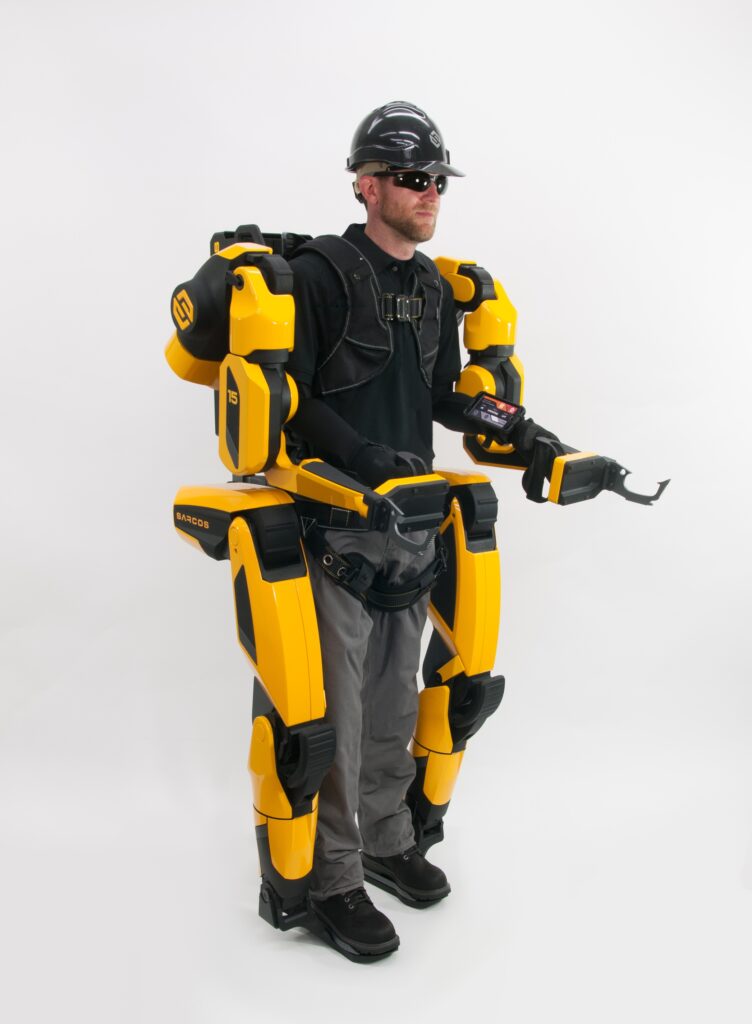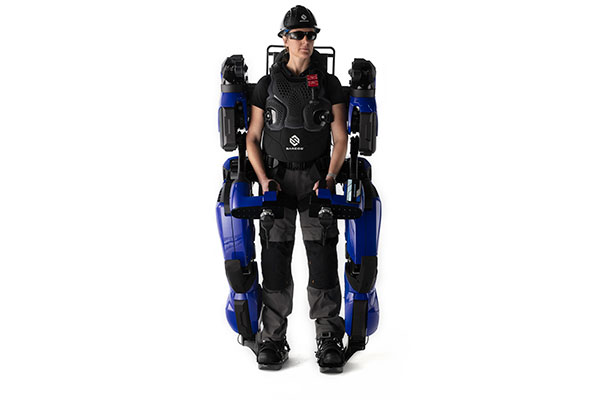From Medical Rehabilitation to Military and Industry, the Rise of Robotic Exoskeletons.
Imagine a future where physical limitations are a thing of the past, where individuals can effortlessly lift heavy loads, and where soldiers can carry out superhuman feats on the battlefield. This future is becoming a reality, thanks to the advent of robotic exoskeletons, wearable devices designed to enhance human physical abilities.
Boosting Human Strength with Robotic Exoskeletons
One of the primary advantages of robotic exoskeletons is their ability to amplify human strength, making strenuous tasks easier and reducing fatigue. There are several types of these innovative devices, each tailored to specific applications:
- HAL (Hybrid Assistive Limb): Developed by the Japanese company Cyberdyne, HAL utilizes a “voluntary control system” that detects the user’s intended motions through bioelectric signals from muscles. It then augments these motions with electric motors, resulting in a strength increase of up to 10 times. HAL has applications in medical rehabilitation, industrial settings, and disaster relief.
- XOS 2: Created by the American company Raytheon, the XOS 2 exoskeleton is a military powerhouse. It can boost human strength by a remarkable 17 times, aiding soldiers in carrying heavy loads, enhancing their agility, and improving performance in combat scenarios. XOS 2 employs a hydraulic system powered by an external source, controlled by sensors and actuators.
- Guardian XO: Engineered by the American company Sarcos Robotics, the Guardian XO takes human strength to new heights with a 20-fold increase. This exosuit is designed for industrial applications, enabling workers to lift up to 200 pounds (90 kg) without straining or risking injury. Guardian XO operates on a battery-powered system, controlled through an intuitive user interface and an array of sensors and feedback mechanisms.
Robotic exoskeletons that enhance human strength offer numerous benefits. They can significantly improve productivity, safety, and overall quality of life for users across various sectors. From aiding in rehabilitation and disaster relief to transforming military operations and industrial work, these devices hold the promise of a brighter future.

However, they also present challenges. Ethical, social, and legal implications need to be addressed. Technical limitations, such as power sources and weight, must be overcome. User acceptance and integration into daily life remain key concerns. Further research and development are essential to optimize these devices, making them more accessible and practical for widespread use.
As robotic exoskeleton technology advances, it holds the potential to redefine our capabilities and improve our lives. With responsible development and thoughtful integration, these remarkable devices may one day make superhuman strength a reality for us all.
Images to be included in the article:
- HAL (Hybrid Assistive Limb) exoskeleton in use during rehabilitation.
- A soldier wearing the XOS 2 military exoskeleton.
- An industrial worker effortlessly lifting heavy objects with the Guardian XO exosuit.
- An artist’s depiction of a future where robotic exoskeletons augment human strength in various settings.

Resources:
3.https://www.youtube.com/watch?v=9zaZRSNPP5I
4.https://www.emerald.com/insight/content/doi/10.1108/JMTM-01-2019-0023/full/html